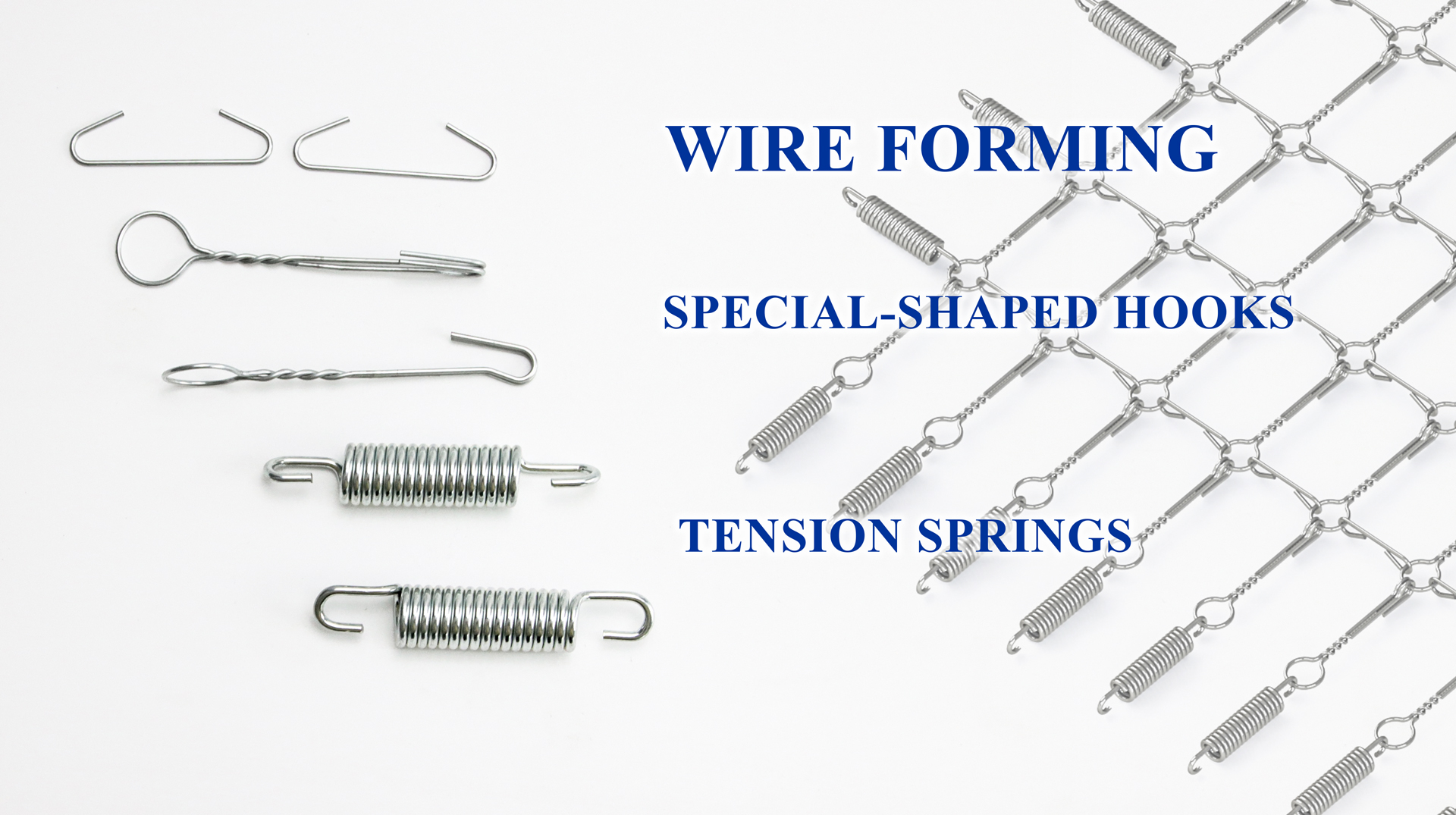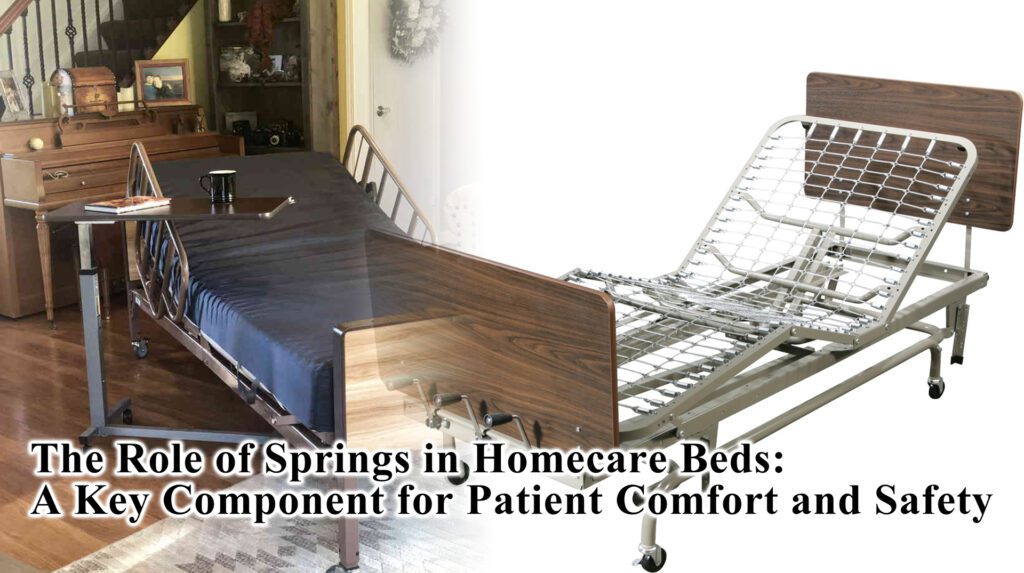Rapid advancements in technology are transforming healthcare. Behind each innovation lies a collection of precisely designed components, including springs. These small but vital elements ensure the functionality of many medical devices, particularly homecare beds. While often overlooked, springs play a crucial role in enhancing safety, comfort, and ease of use.
Springs in Medical Devices
Springs in medical devices control movements, provide consistency, and ensure smooth operations. Although many people underestimate their importance, these components enable medical equipment to function as intended.
In homecare beds, springs play a vital role in patient comfort and safety. These beds contain several components, with the mesh supported by three types of springs:
-
Wire Forming:
Creates the framework of the bed.
-
Special-shaped Hooks:
Secure the mesh and add stability.
-
Conventional Tension Springs:
Maintain tension for adjusting the bed.

The mesh typically uses springs with a diameter of 1.5mm to ensure both flexibility and strength.
Ensuring Patient Safety and Comfort
Springs in homecare beds do more than support the structure; they also ensure patient safety. Spring mesh headspring supports are recessed, preventing pinching and injury. This is especially crucial for recovering patients. The design ensures the bed operates smoothly without causing harm.
Additionally, springs contribute to a comfortable environment. Patients can adjust their positions easily, which is essential for their recovery. The adjustable bed minimizes the risk of pressure ulcers, making it an invaluable tool for long-term care.
Adjustability in Homecare Beds
Springs also help with the adjustability of homecare beds. They enable the bed to change height, which allows caregivers to position the bed for easier access to the patient. This adjustability reduces strain on caregivers and enhances their efficiency.
The ability to modify the bed’s position promotes greater patient autonomy and comfort. In rehabilitation, patients often need frequent position changes. Springs ensure these adjustments are consistent and smooth, improving the overall care process.
The Future of Spring Engineering in Healthcare
As technology evolves, springs will become even more essential in medical devices. Advances in materials and spring designs promise to make these components more durable, flexible, and efficient. These improvements will extend the lifespan of medical equipment and enhance its functionality.
Spring engineering will continue to play a significant role in improving patient outcomes. As healthcare devices become more patient-centered, springs will help provide better care and safer environments for patients worldwide.
Conclusion
In conclusion, springs are vital to the design and function of homecare beds. They provide safety, comfort, and adjustability, which makes them essential for patient care. As spring technology advances, we can expect even more effective solutions for healthcare devices, ensuring a brighter future for patients everywhere.
References
- Zhang, X., & Liu, J. (2023). The Role of Springs in Medical Devices: Enhancing Performance and Patient Safety. Journal of Medical Engineering and Technology, 47(3), 145-152.
- Smith, L. & Roberts, M. (2022). Innovations in Spring Design for Medical Equipment. International Journal of Biomedical Engineering, 29(2), 120-134.
- Zhang, L., & Wang, Y. (2024). Advancements in Homecare Bed Technology: Improving Patient Comfort through Spring Engineering. Healthcare Devices Review, 12(5), 78-85.

